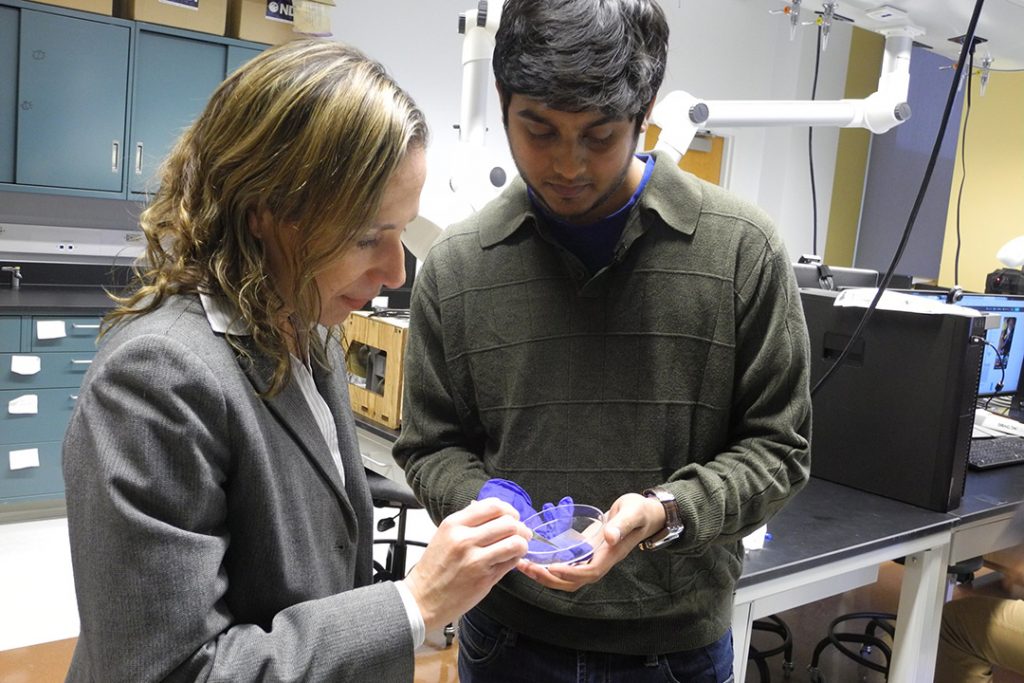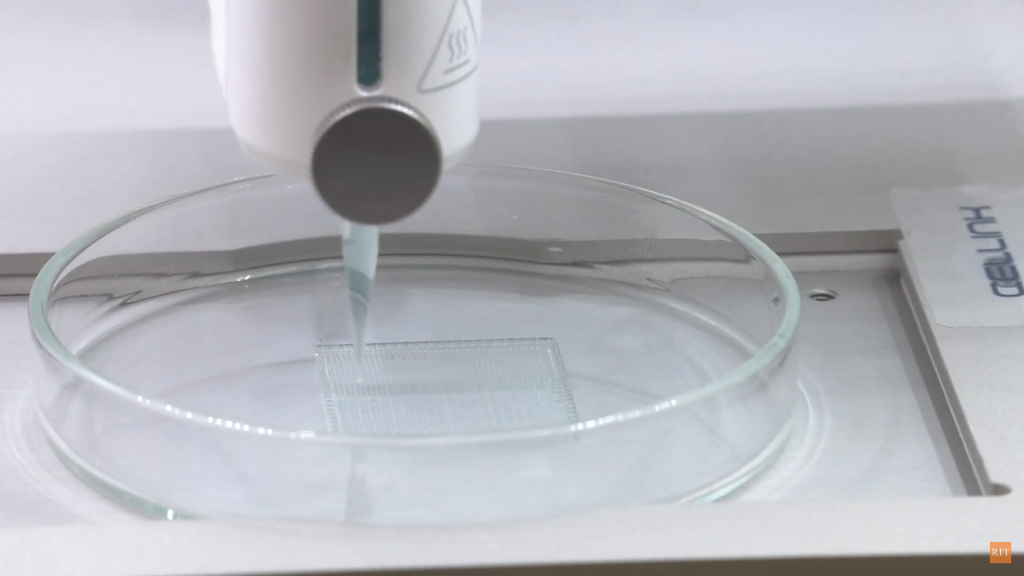For several years Professor Iris Rivero has been leading research into effective material combinations for acceptance as scaffolds within the body. For this purpose, Rivero and her collaborators have used a variety of different biofabrication techniques including electrospinning, cryomilling and, of course, 3D bioprinting.
A hybrid and additive manufacturing expert, Rivero is now the head of the Department of Industrial and Systems Engineering in the Kate Gleason College of Engineering at Rochester Institute of Technology (RIT), New York. In this position, Rivero is currently leading and supervising materials research leading toward the production of devices that can help heal the body.
“Sometimes organs in the body, due to the magnitude of damage or compromised immunology, are not able to repair themselves,” explains Rivero “and we have to come up with external alternatives to help them replace themselves.”
“What we are seeing today is bioprinting as a technology capable of generating customized platforms that can trigger the necessary signals needed to assist the body to repair itself.”

Avoiding rejection
Rivero’s research at RIT is looking into possible material combinations for the production of 3D bioprinted scaffolds. Mixed with live cells, the idea is that these scaffolds can be used to grow new, healthy tissue, for replacement in the body, or be incorporated into the design of medical implants.
One potential combination is the addition of ceramic particles to a biopolymer, like PLA. By mixing these two materials together, researchers can achieve material characteristics similar to those of natural bone. When cells then come into contact with this material they are essentially “tricked” into believing its the real thing, and start behaving as they would within the body – i.e. growing and proliferating.
The body’s acceptance of these artificial material combinations, as RIT doctoral student Srikanthan Ramesh explains, is the key challenge of such research. “The materials we are using have similarities to collagen, a protein in the body. We use a hydrolyzed form of that protein, a gelatin. It is biocompatible – your body is already used to it – and it will not be rejected.”
“But that is also part of the challenge we are trying to address: How are you going to make something that the body will not reject?”

Toward implantable tissues
The RIT researchers uses a hydrogel-based ink, meaning it is almost entirely composed of water and contains the nutrients suitable for sustaining live cells. As Ramesh explains, this hydrogel is tuned with similarities to collagen – the body’s most abundant protein. For 3D bioprinting, the lab at RIT contains a BIO X system from Swedish biotechnology company CELLINK.
Looking far into the future, Rivero explains that the goal of 3D bioprinting research at RIT is to eventually produce artificial tissues that could alleviate the organ transplant bottleneck in the U.S. “In the long term,” Rivero adds, “the impact that this has is to be able to depend less on organ donations and being able to satisfy that need ourselves.”
Some of the biggest successes within the tissue engineering sector to date have arguably been Newcastle University‘s 3D bioprinted corneas, and microfluidic advances, such as Harvard’s kidney tubules, that have great potential for drug testing.
For more of the latest 3D bioprinting developments subscribe to our 3D printing newsletter. You can also join us on Facebook and Twitter. Looking for a job in the industry? Then visit our 3D Printing Jobs board.
Featured image shows 3D bioprinting at RIT using the CELLINK BIO X system. Clip via RIT


